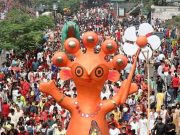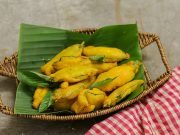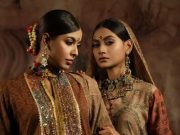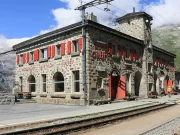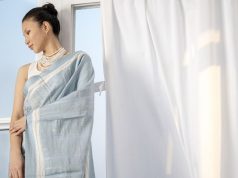The culture of the Ogoja people in Cross River State of Nigeria is a dance that is more than enticingly cultural, describing history, spiritual beliefs, and ethnic identity. This article narrates stories of the Ogoja Dance, its meaning and importance, historical background, and social relevance.
Ogoja is a local government area in the northeastern region of Cross River State. It is a Multiracial nation, with the Mbube tribe as the major tribe.
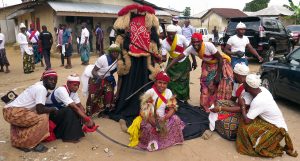
The culture of the region is very diverse, with traditional practices such as singing, dancing, and celebrations.
Most Ogoja are farmers, nearly all of them still practicing subsistence farming. Their cultures involve farming yams, cassava, and fruits for palm oil. Such agricultural activities are done in collaboration with cultural conduct whereby dancing is the major business while celebrating harvests or festivals.
Importance of Dance in Ogoja Culture:
The people of Ogoja have an incalculable interest in dance since it is one of the avenues that define who they are. It has several functions, such as:
Ritualistic Functions:
Some dances are usually performed on religious occasions for celebrating or honoring ancestors and gods. Most of them are characterized by formal dress codes and choreographed moves expressing spiritual themes.
Social Cohesion:
Cross-sectional dance also plays a facilitative role within the community’s context. People can be united by some event and share common goals and achievements during celebrations created throughout history.
Cultural Transmission: Dance tells stories of respective histories, passed on from generation to generation. Besides, the movements and songs linked to every dance can represent symbolic values in line with a community’s sentiments.
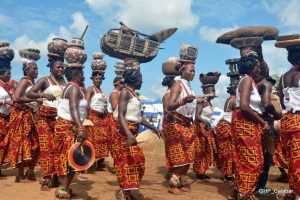
Characteristics and Styles of The Ogoja Dance:
That is why Ogoja Dance encompasses many types; the region is so diverse. Each style has some unique characteristics distinguishing it from all others. Let’s look into the different kinds of dances in Ogoja:
Mbube Dance:
This is one of the favorite dances among the people of Mbube. It is a very energetic dance that is coupled with the African way of drumming sometimes accompanied by chanting. Most dancers usually dance barefoot while putting on colorful dresses, usually decorated with beads and trinkets.
Ekpe Dance:
This is affiliated with the Ekpe society, which is a secret society holding a key position in the culture of the Ogoja people. The Ekpe Dance mainly comprises Nyante and foot styling. It is usually performed on the occasion of initiation and others.
New Yam Festival Dance:
This is normally an annual festival celebrating the New Yam. Different dances are usually performed during this annual festival. The importance of this festival to the Ogoja people is that it indicates appreciation of good harvests. There are so many jolly movements expressed in the dances, which depict the festival as a thanksgiving to God. Historical Background of the Ogoja Dance:
The Ogoja Dance process started in the pre-colonial period when the main goal was to carry out a ritual. The history of dancing also reveals that it only developed after people interacted with nearby communities through trading and migration. In some of the dance types, one can observe the cultural influence close to the area.
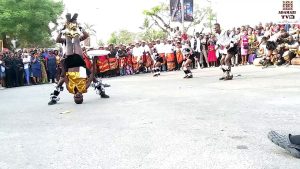
However, through hard work and determination, most communities in Cross River State still uphold the cultural values through various means. Today, the Ogoja Dance serves as a reflection of determination and ethnic pride. The Place of Ogoja Dance in Contemporary Society:
The current observation shows that there is a recent awakening of the youths of Ogoja to traditional dances as they have never done before. This may be due to a combination of various reasons: 1. Cultural Festivals
Events such as the New Yam Festival are avenues to stage these traditional dances. These festivals, therefore, should be expected to be attended by locals and those who want to witness arguably real cultural performances.
Education and Awareness:
Several teachers, schools, community centers, and facilities also advocate for traditional dance to the students. Cultural sessions are conducted to impart capacity-building workshops and training sessions among youths about their cultural practices.
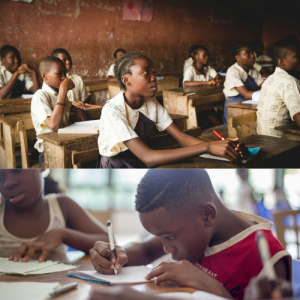
Tourism Promotion
Cross River State Government understands how cultural tourism might boost economic development. In line with such a policy intention, it runs events that associate traditional dances, including Ogoja Dance, to attract customers interested in learning about the diverse Nigerian culture.





